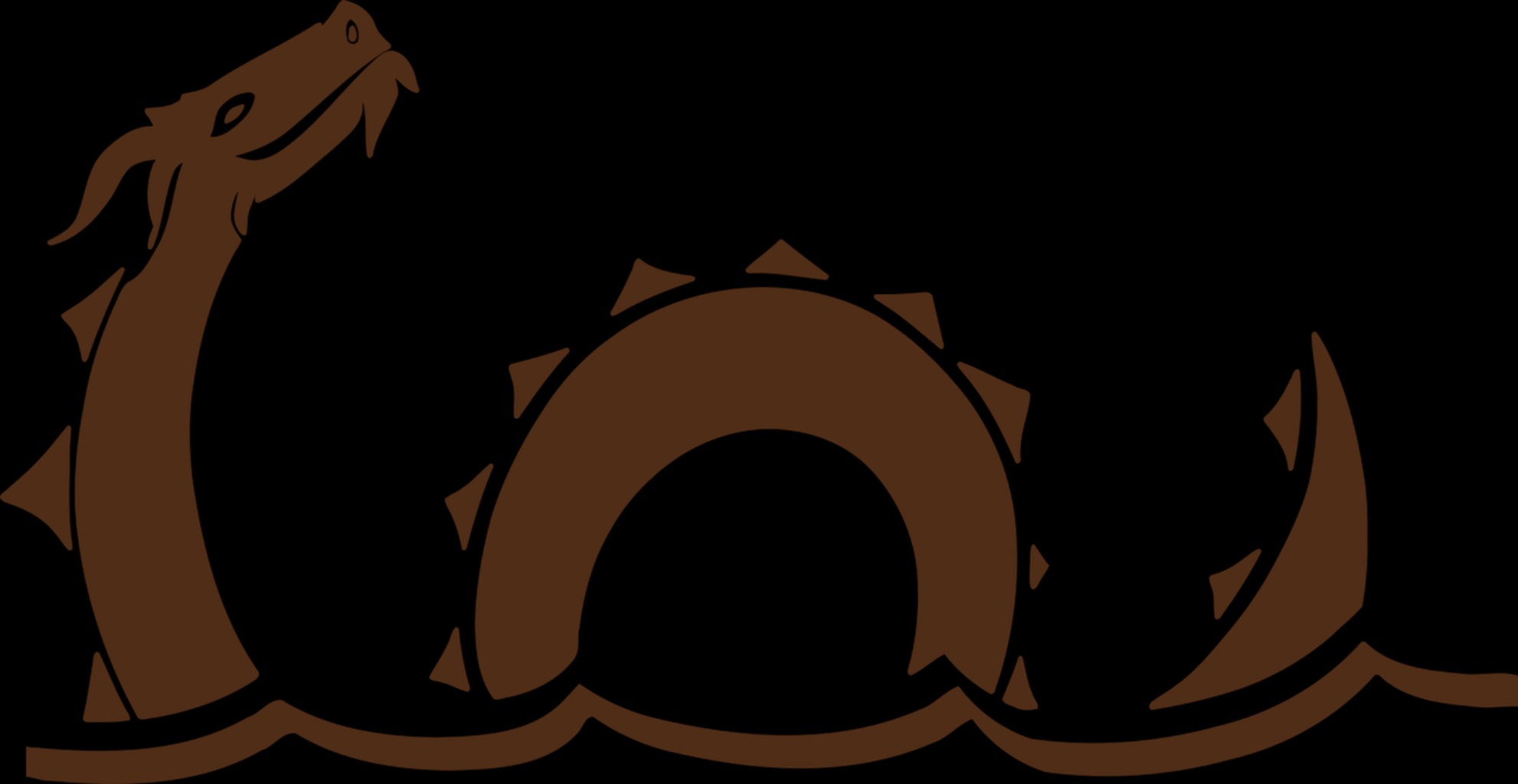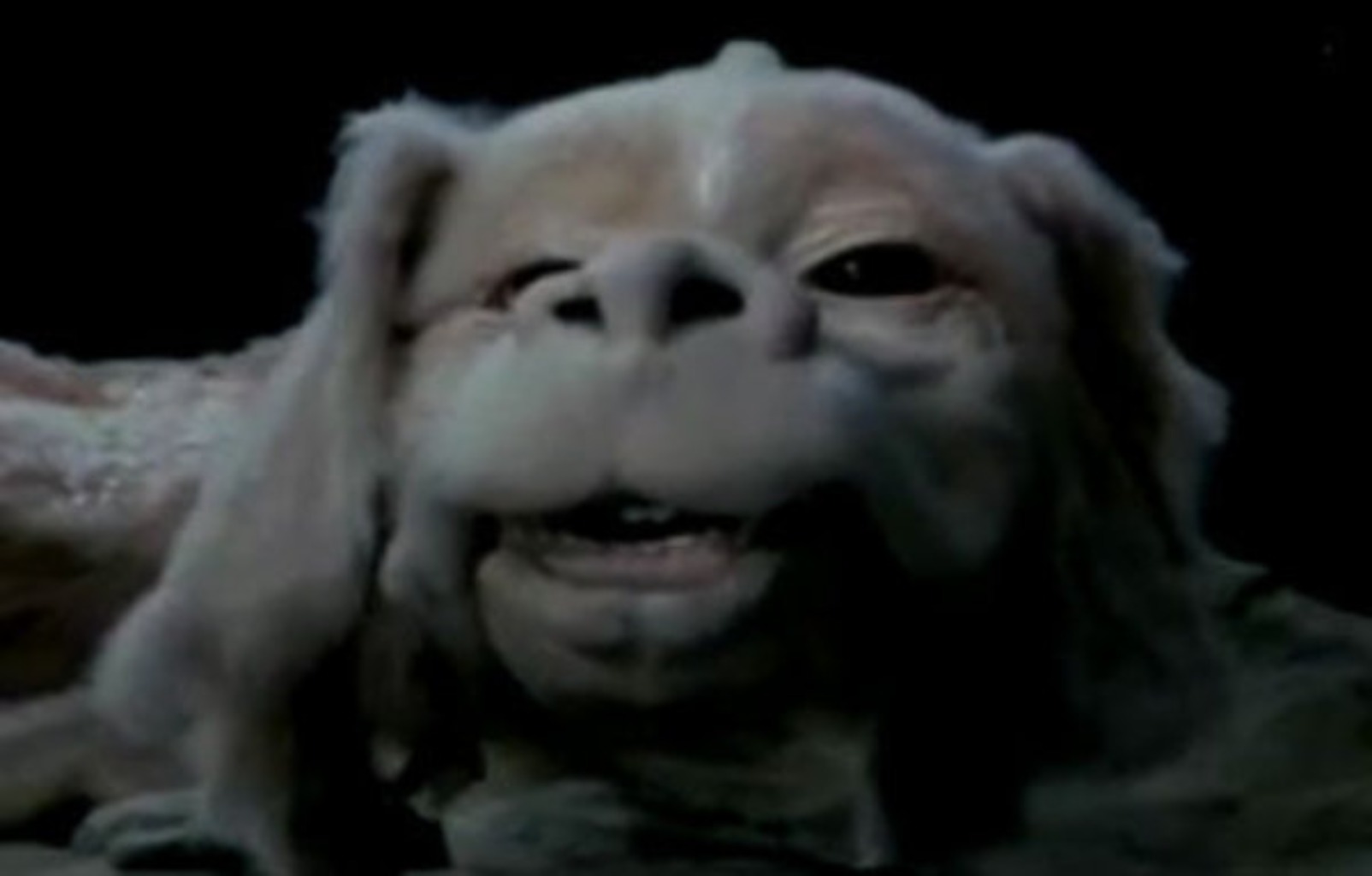
First, we tackled the zombie, then the vampire, and now it’s come time to dissect the evolution of one of fantasy’s both most beloved and feared creatures—the dragon! The term “dragon” dates back to the mid-thirteenth-century French “dragoun”, from the Old French “dragon” and directly from the Latin “draconem” which translates to “huge serpent, dragon”, from the Greek “drakon”, meaning “serpent, giant seafish”. The Greek term is likely derived from the Greek verb “dérkomai” which means “I see”, and is thought to refer to a creature with a “deadly glance”.
Dragons have appeared in the culture of virtually every country. Something about big, scaly monsters has caught the imaginations of storytellers and artists all over the globe for hundreds of years. But the dragon has not remained the same all this time—the creature has grown and changed over the years, depending on who is telling the story.
Here are some of the ways dragons have evolved over time in popular culture, and why they’ve continued to fascinate fantasy lovers through the ages.

The Great Serpent
The earliest descriptions of dragons resemble giant snakes. Some famous prototypical draconic creatures include Apep in Egyptian mythology; Leviathan in the Hebrew Bible; and Jörmungandr, Fafnir, and Níðhöggr in Norse mythology.
Anthropologist David E. Jones theorizes in his book An Instinct for Dragons that like monkeys, humans have inherited an instinctive reaction to snakes, large cats, and birds of prey. He argues that dragons—the early versions of which all resemble snakes or have snakelike attributes—appear in nearly all cultures because of humans’ innate fear of snakes.
These early dragons tend to be great, monstrous villains who are slain by valiant heroes. Dragons have not always been terrifying creatures who mean nothing but bad fortune, however, as we’ll discuss in the next section.

A Symbol of Good Luck
In Asian folklore, the dragon is associated with good fortune. Several East Asian deities and demigods have dragons as their mounts or companions. Many popular Chinese stories involve the rearing of dragons. The Zuo zhuan, which was likely written during the Warring States period, tells the story of Dongfu, who loves dragons and is able to tame and raise them well because he can understand a dragon’s will.
In another Chinese legend, a man comes to the healer Lo Chên-jen, telling him that he is a dragon and that he needs to be healed. After Lo Chên-jen heals the man, a dragon appears to him and carries him to heaven. In many of these Asian legends, the dragon is not a horrible monster to be fought. Instead, the dragon is a creature to be lovingly reared who will bless those who help it with good luck.
One much more recent example of this type of dragon is Falkor the Luck Dragon from The Neverending Story by Michael Ende, a book which has come up on the blog before. Falkor is called a Luck Dragon quite simply because he brings good luck. He also fits into another category in this article, which we will discuss a little later on.

The Hoarder
One of the earliest appearances of the hoarding dragon appeared in the epic poem Beowulf, the manuscript of which was produced between 975 and 1025. In the poem, Beowulf defeats a great monster named Grendel, Grendel’s mother, and a dragon. Beowulf is an elderly king by the time the dragon begins to terrorize his village after some of his treasure has been stolen from his hoard in a burial mound. This dragon is attracted to wealth and will do anything to protect it.
Another later instance of the hoarding dragon is Smaug from The Hobbit by J.R.R. Tolkien. Like the dragon from Beowulf, he jealously guards his treasure—the golden treasures he stole from the dwarf kingdom 150 years ago.
Once again we have a frightening creature waiting to be bested by our brave heroes. But unlike the rage-filled large serpents of the past, these dragons are greedy and this drives all their evil deeds. Over time, dragons have started to develop a bit of a personality, which will only grow in the next section.

The Loyal Pal
After years of using dragons as symbols and villains, storytellers began to see potential in dragons as something more—sidekicks. These dragons differ greatly from their predecessors. They are friendly, loveable, and fiercely loyal to the story’s hero. As mentioned earlier, in addition to being a symbol of good luck, Falkor the Luck Dragon qualifies as a loyal pal as well. He sticks by Atreyu through various hardships and allows the boy to ride him from place to place. In the film adaptation of the book, he resembles a big white, cuddly dog.
The 1977 film Pete’s Dragon also features a dragon who serves as a best and loyal pal to the protagonist. Pete’s dragon friend, Elliott, and Pete go on adventures together and the dragon helps the orphan boy to feel less alone. The 2010 film How to Train Your Dragon and its sequels include this sort of loving friendship between a boy and his dragon as well.
Through the years, storytellers have started to attribute human traits to dragons and see them not as terrifying villains, but as devoted friends. This same thing happened in the evolution of zombies and vampires as well—as times change, people want more and more to identify with what were once seen as monsters. Storytellers weren’t done with great monstrous dragons either, though.

The Multi-Faceted, Fearsome Beast
Coming a bit full circle, in recent years, dragons have once again become fearsome monsters. This might partly be due to the popularity of medieval-style fantasy—a time when dragons were merely villains to be slain. In the show Game of Thrones and the book series it’s based on by George R.R. Martin, Daenerys Targaryen views her dragons as her precious children. But to everyone else, they are monstrous creatures who can set a village alight in an instant.
In Goblet of Fire, the fourth Harry Potter book by J.K. Rowling, as part of the Triwizard Tournament, Harry must retrieve a golden egg from under one of four dragons—the Common Welsh, the Chinese Fireball, the Swedish Short-Snout, and the especially deadly Hungarian Horntail. These dragons are nothing more than scary obstacles to overcome. At another point in the series, though, Rubeus Hagrid raises a dragon he calls Norbert and loves him dearly.
So things haven’t come quite full circle after all. Dragons are once again frightening creatures but they are still capable of forging bonds with humans. Daenerys’ dragons allow her to stroke and ride them—they are clearly as attached to her as she is to them.

If this article has left you with an urge to soar through the sky on a dragon’s back, you’re in luck! Right here on Fictionate, you can check out the sci-fi/fantasy short story “Dragon Rush” by Chandra Snicker, who won the 3rd Place Grand Prize and 2nd Place People's Choice in our April 2022 Short Fiction Contest.
In this story, dragons are used for their power source, meat, and bones to manufacture new technology and gourmet cuisine. This unique take shows that dragons are continuing to evolve in popular culture—I can’t wait to see what other fascinating versions of this great beast we’ll see in the years to come.
Soak Yourself in Fiction
Follow us on Facebook | Instagram | Twitter | Discord